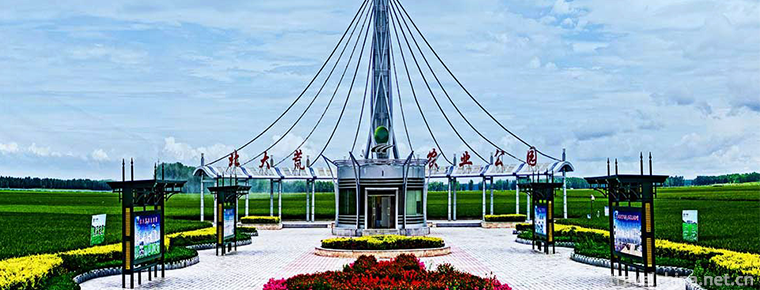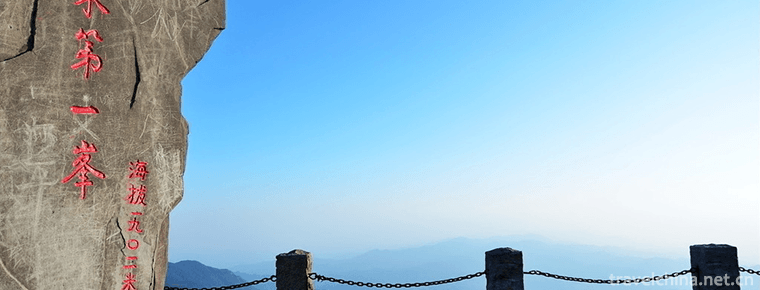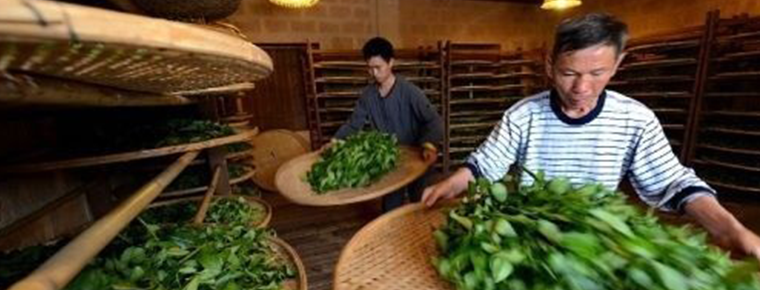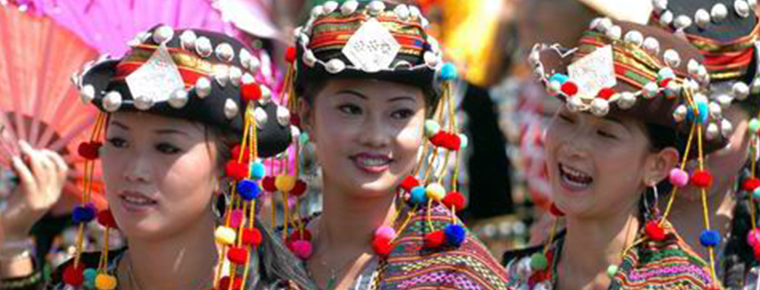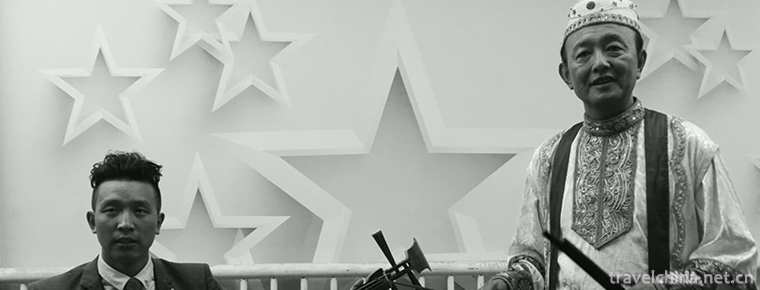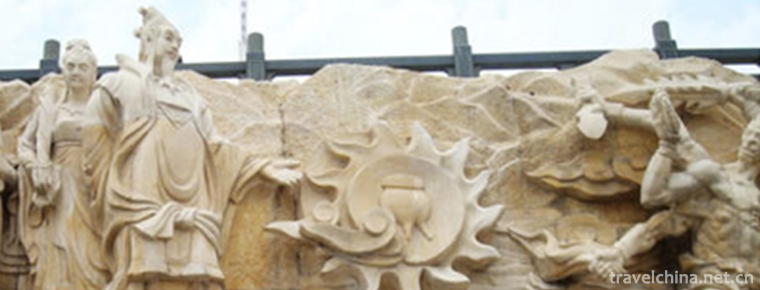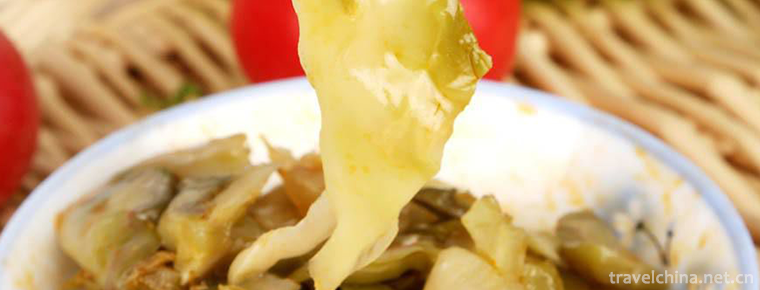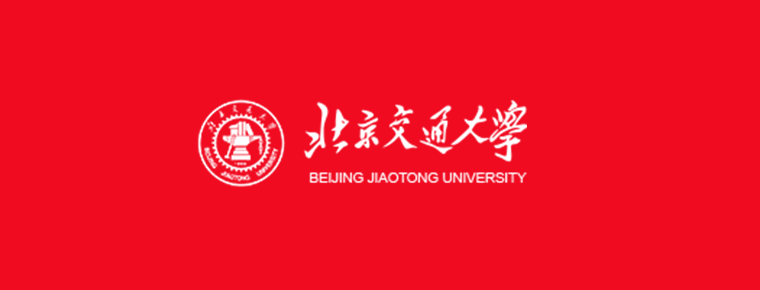Suzhou suburb mudu town
Suzhou suburb mudu town
Mudu Ancient Town, nicknamed Duchuan, Xujiang and Xiangxi, is located in the southeast of Jiangsu Province and the west of Suzhou Ancient City. Located in the Taihu Lake Basin, Mudu Ancient Town is a famous scenic spot in the south of the Yangtze River. It is known as "the first town in Wuzhong" and "the most beautiful south of the Yangtze River". Mudu Ancient Town is an ancient cultural town of the Han nationality in the same age as Suzhou City. It has a history of more than 2500 years. In August 2008, it was awarded the National AAAA Scenic Area . It is also one of the thirteen scenic spots in Taihu Lake Scenic Area.
Mudu is the home of traditional handicraft of Han nationality. Historically, there are famous clay sculptor Yuan Yuchang, silver artist Zhu Bishan, jade-carving artist Lu Zigang, embroidered Shenshou and other famous artists, whose works are national collections of treasures. There are Yanjia Garden, Hongyin Mountain House, Ancient Pine Garden, Lingyan Mountain, Tianping Mountain and other famous cultural sites.
Development history
Legend has it that at the end of the Spring and Autumn Period, Wu and Yue disputed and the Vietnam War was defeated. Goujian, the king of Yue, used the "beauty trick" to present beautiful women to King Wu. Wu Wangfuchao specially favored Xishi, specially built the Guanwa Palace for her on the top of the beautiful Lingyan Mountain, and built Gusutai in Zishi Mountain, "three years gather wood, five years are completed". The wood from the source blocked the river port under the mountain, and the name of Mudu came from it. In 221 B.C. (Twenty-six years of Qin Shihuang), Qin established Wu County, Mudu Li Wu County. Wang Mang New Dynasty, Mudu belongs to Tede County. Subsequently, Mudu was under the jurisdiction of Wuxian County. "Yuanfeng Jiuyu Zhi" contains: "Mudu Town in the Northern Song Dynasty belongs to Wu County, and the town is named for dereliction." Ming and Qing Dynasties were one of the six towns in Wuxian County. During Yongzheng reign of Qing Dynasty, Mudu Ancient Town belonged to Changshou Township of Wuxian County. It has always been the base of grassroots regimes.
In 1912 (the first year of the Republic of China), Mudu and Jinshan belonged to Wuxian County.
Since April 27, 1949, it has been the residence of Mudu District People's Government.
In 1952, it was a town directly under the county.
In September 1954, it was assigned to the suburbs of Suzhou.
In August 1958, it was rezoned to Wuxian County.
In 1985, Jinshan Township merged with Mudu Township.
In February 2001, Wu County withdrew from the city and built a district. Mudu Town was under the jurisdiction of Wuzhong District of Suzhou City.
In 2008, it is a national AAAA scenic spot.
geographical environment
geographical position
Mudu Ancient Town is located in the west of Suzhou City, on the shore of Taihu Lake. It is adjacent to the southwest suburbs of Suzhou in the east, Hengjing and Yuexi in the south, Xukou and Bibliography in the west, Fengqiao Town and Suzhou National High-tech Development Zone in the north. It is 12 kilometers east of Suzhou, 10.8 kilometers from Wuxian New District, 80 kilometers from Shanghai Hongqiao Airport, 8 kilometers west of Guangfu Airport, 50 kilometers northwest of Wuxi City and 70 kilometers north of Zhangjiagang Port. Close to Shanghai-Nanjing Expressway, 312 National Highway and Beijing-Hangzhou Grand Canal, it is the transportation hub of towns and scenic spots in southwestern Wuxian City. Located in the Yangtze River Delta, Jiangsu, Tin, Changzhou Economic Development Zone and Shanghai Economic Zone Metropolitan Area.
climatic conditions
Mudu Ancient Town is located in the northern margin of the subtropical zone. It has a subtropical monsoon humid climate. It has mild and less rain in winter, high temperature and rainy in summer, with distinct seasons and pleasant climate. The annual average sunshine number is 2189 hours, the annual average sunshine percentage is 49%, the annual average precipitation is 1096.9 mm, the average frost-free day is 243 days, the average barometric pressure time is 1016.2 mm, the average relative humidity is 79%, the main wind direction is southeast wind (summer), followed by northwest wind (winter), the average wind speed is 3.9 m/s.
topographic features
Mudu Ancient Town is located in the Hilly Basin in the western suburb of Suzhou. The basin has a slight East-West trend. Its northeast is broad and the west is narrow. It is surrounded by mountains. In the northwest of the town, there are famous Lingyan Mountain, Dome Mountain, Tianchi Mountain, Yufeng Mountain and Tianping Mountain. In the south, there are Qingming Mountain, Qizi Mountain, Yaofeng Mountain, Phoenix Mountain, Garden Mountain and Hehe Mountain. Mudu Town has a flat terrain. The whole terrain (except southeast corner and Heshan, northwest corner Lingyan mountain and Tianping mountain) inclines gently from west to east. Bedrock rocks are widely distributed in Quaternary Alluvial-diluvial facies except in the mountains. The landform type belongs to hilly alluvial plain. The topographic height of the town is generally 2-5 meters.
Hydrologic system
Surface water in Mudu ancient town originates from the Xujiang River in Taihu Lake and flows from west to East into Hengtang Town, Suzhou City. There are also Xiangxi River originating in Guangfu Tongkeng, which converges to the Xujiang River and crosses the whole town plain vertically and horizontally.
Main attractions
Mudu Ancient Town is rich in historical and cultural deposits. There are 12 cultural relics protection units approved by the state. In 1983, it was listed as one of the 13 scenic spots of Taihu Lake, and enjoyed the reputation of "the most beautiful south of the Yangtze River". In the west of Zhenxi, there are famous scenic mountains, Lingyan Mountain and "Guanwa Palace" built on the mountain. It is the first royal garden on the top of the mountain in Chinese history, leaving many traces for future generations. Lingyan Temple on the top of Xionggao Mountain is built in Liang Dynasty. Lingyan Mountain is famous for its Buddhism and tourist attractions in China. Emperor Kangxi and Emperor Qianlong of the Qing Dynasty made many Southern Tours. The Tianping Mountain, which is far away from Lingyan Mountain, is located in the northwest of the town. It is also known as the "red maple, clear spring and strange stone" in the south of the Yangtze River. The "Tianping Guanfeng" has become a great wonder in the south of the Yangtze River. Mudu Ancient Town has abundant cultural relics in Ming and Qing Dynasties. The prosperous map of Gusu in Qing Dynasty describes half of Mudu scenery. During the Ming and Qing Dynasties, there were more than 30 private gardens in the town, which enjoyed the reputation of "Garden Town".
Yan Family Garden
Yanjia Garden, located in the north of Wangjiaqiao, Shantang Street, Mudu Ancient Town, was originally the residence of Shen Deqian, a famous scholar in Suzhou during the reign of Qianlong in the Qing Dynasty. In the eighth year of Qingdaoguang (AD 1828), Shen's descendants gave up the courtyard to Qian Duanxi, a Mudu poet. Qian's stone-stacked pool, Pavilion building, named Duanyuan, has friends in the bookstore, overlooking the farm building, Yanqing Pavilion. In Guangxu 28 (1902 AD), Yan Guoxin, the richest man in Mudu, bought Duanyuan, renovated it and renamed it "Envy Garden". Because the owner's surname is Yan, the local name is Yanjia Garden. Through the efforts of three generations of owners, Yanjia Garden has lasted for more than 200 years. No matter the vicissitudes of time, or the accumulation of humanities, Yanjia Garden has been endowed with a kind of cultural atmosphere and style of famous garden. Professor Liu Dunzhen, a well-known modern architect, is called "the classic works of gardens in the south of the Yangtze River".
Hong Yin Shan house
Hongyin Shanfang, located 200 meters east of Yanjia Garden, is a famous garden in the suburbs of Suzhou in the Qianlong period of the Qing Dynasty. Because the door to Xiangxi, backed by Lingyan, the beauty of the wind and the moon in the mountains and the beauty of the flowers and trees in the pavilions are far more than other gardens, the Emperor of Qianlong would visit Hongyin Shanfang every time he visited the south of the Yangtze River, where he would visit gardens, watch plays, taste tea and chant poems until the night came. Reluctantly, follow the Shantang Royal Road in front of the gate and return to Lingyan Mountain Palace. Hence, Hongyin Mountain House is also known as the "folk palace" of Emperor Qianlong. It is a municipal cultural relics protection unit.
Ancient Pine Garden
Gusongyuan, built by Cai Shaoyu, a Mudu millionaire in the late Qing Dynasty. Cai Shaoyu, whose ancestral home is Dongting Xishan, was originally engaged in foreign goods business in Shanghai. He returned home to build houses and land, and had a good farmland of ten thousand hectares. Cai Shaoyu and Yan Guoxin (grandfather of Yan Jiagan), Zheng Lingjiu and Xu Fenglou are known as the "Four Rich Millionaires" of Mudu. Its architectural layout is front house and back garden, typical of the Qing Dynasty residential garden style. Everywhere in the house, the buildings are simple and elegant, and the sculptures are very fine. They have certain artistic and cultural values. They are the cultural relics protection units in Suzhou. Backyard has a Ming Dynasty Arhat pine, green and vigorous, graceful posture, the ancient pine garden is known as pine.
Ling Yan Shan
Lingyan Mountain, located in the northwest of Mudu Ancient Town, is 182 meters high and 124 hectares square. There are many strange rocks in the mountains, especially Ganoderma lucidum stone, hence its name. Also because the distant view of Lingyan is like a giant elephant lying on the ground, it is also called Xiangshan. Because the West foot produces inkstone, it is also called Inkstone Mountain. To have "Lingyan beautiful crown south of the Yangtze River", "Lingyan miraculous victory Tiantai", "Wuzhong first peak" and other reputation.
Tianping Mount
Tianping Mountain, located in the ancient northwest of Mudu Town, is 201 meters above sea level and covers an area of nearly 100 hectares. It is known as Tianping Mountain because of its flat top, and Fan Fengshan because of the burial of Fan Zhongyan's great ancestor at the foot of the mountain. The Tianping Mountains in Suzhou, together with the Xiangshan Mountains in Beijing, Yuelu Mountains in Hunan and Qixia Mountains in Nanjing, are known as the four major red scenic spots in China.
folk culture
Overview
Mudu Ancient Town is located in the Taihu Lake Basin, where the water custom formed for a long time is an important part of Wu culture. Mudu Town has a relatively developed economy in history, so festival customs are colorful and folk customs are more distinctive.
Festival celebration
Club meeting
On the thirteenth day of the first month of the lunar calendar, the main activity is to raise the generals. The Major General is a sitting figure made of camphor wood, with a serene and dignified face. But he is barefoot, bald, this unique feature makes this folk activity has a strange and funny name "Toudiao Club". This custom is mainly through raising the lord, begging him to bring wealth and blessings to people.
Walking in the moon
It is said that during the Spring and Autumn Period of Wuyue, it became a fashion to enjoy the moon at the top of Lingyan Mountain. Xishi Aiyue, in order to please her, Fuchai built a moon pool for her in Lingyan Mountain. Celebrities of all dynasties also liked climbing Lingyan Mountain to enjoy the moon, such as Emperor Wendi of Liang Jianwen, Wei Yingwu, Bai Juyi, Li Shangyin, Fan Zhongyan, Wen Zhengming, Tang Yin, Kangxi, Emperor Qianlong and so on. And the folk in Suzhou also have the tradition of visiting the moon and praying for blessings in Lingyan Mountain during the Mid-Autumn Festival.
Specialty
Ukrainian rice began to become Taoist food because Taoists believed that eating for a long time could strengthen the body and prolong the years. By the Ming Dynasty, the temple was in full swing, and the pronunciation of Wu dialect "Ami" was the same as that of "Umi", so Umi became Buddhist food again. The eighth day of April is the birthday of Buddha Sakyamuni, so people choose to offer Buddha with rice on this day. At the same time, rice has become a timely food for all households. Until now, the eating custom of "eating black rice on the eighth day of April" has remained unchanged.
dialect
Mudu dialect, a Wu dialect, belongs to the Wu Taihu film Suhujia film.
Other
Mudu ancient town also has many unique traditional customs with Jiangnan characteristics, such as the Spring Festival "worship the God of joy", "walk three bridges" to "Yongan", "eat New Year's wine", "burn head incense"; Lantern Festival "walk horses, gongs and drums", "make Lantern Festival", "support the festival", "eat sweet wine and taste three fresh" in the early summer; Dragon Boat Festival "appreciate the Duanyang"; July 7th "beg Qiaoqiao". The Mid-Autumn Festival's "Ramadan Palace" and "Lingyan Appreciation of the Moon"; the golden autumn October's "balance view of red maple"; the December month's "Laba porridge" and December 25's "Kitchen God" and so on.
Tourism information
Opening Hours
Spring, summer, autumn 8:00-17:00, winter 8:00-16:30.
Ticket information
It is free to enter the ancient town. The tickets for adults (including Yanjia Garden, Hongyin Shanfang, Gusongyuan, Bangyoudi) are 78 yuan. Children aged 1.2-1.5 meters, old people aged 60-69 are half-ticket with valid certificates. Children under 1.2 meters and old people over 70 are exempt from valid certificates. There is no discount for holding student certificates. Yanjia Garden is 40 yuan, Hongyin Mountain House is 40 yuan, Gusongyuan is 20 yuan and Bangyoufu is 10 yuan. Mingyue Temple ticket is 10 yuan, Ming and Qing ancient porcelain Museum ticket is 5 yuan, these two are not included in the joint ticket.
Best Play Season
March-November is the best. It's wet and cold in winter. It's not suitable for traveling.
Local cuisine
Four seasons of food in Mudu ancient town, there are endless, such as Ukrainian rice, green dumplings, jue, Malantou, sweet wine and so on, each with local flavor, can be tasted in street shops. The dried jujube mud is also very famous.
Traffic information
Metro Line 1 "Mudu" Station, exit No. 1, walk 100 meters south along Jinshan South Road to "Zhonghua Garden Hotel" Station, transfer to 38, 661, 622, 666 "Cuifang Bridge" Station, and walk 200 meters south along Cuifang North Street; or transfer to 2, 64, 65, 69, 69, 69, 326, 446, 691, 692, You4 "Mudu Yanjiayuan" Stand down, walk 50 meters east along Zhongshan West Road to Ming and Qing Street, and then walk 500 meters south. In addition, Mudu has entered the "Elevated Age" construction period.









-
Beidahuang Modern Agricultural Park
Beidahuang Modern Agricultural Park, located at No. 146 Xiangfu Road, Xiangfang District, Harbin City, covers an area of 667,000 square meters and is a "national AAAA-level tourist attraction&quo.
Views: 162 Time 2018-12-26 -
Guangdong First Peak Tourist Scenic Spot
Guangdong First Peak Tourist Scenic Area is the largest oasis on the Tropic of Cancer. It has a large area of primitive forests, stable forest ecosystem, dense evergreen broad-leaved forests.
Views: 126 Time 2019-01-13 -
Production Techniques of Flower Tea
Jasmine tea, also known as jasmine fragrance, is the tea and jasmine flowers to blend, bass, so that tea leaves absorb flower fragrance into tea, tea fragrance and jasmine fragrance interactively inte.
Views: 172 Time 2019-05-04 -
Nau Song of Jingpo Ethnic Group
The Jingpo Munao Longitudinal Song is the most solemn traditional national festival of the Jingpo nationality and one of the national intangible cultural heritages..
Views: 79 Time 2019-05-08 -
virtuous and filial
Xianxiao was born out of Buddhist folklore, and has a deep relationship with Xiliangle music, Dunhuang Bianwen and Hexi Baojuan. The way of inheritance mainly depends on the artistic population. Its c.
Views: 172 Time 2019-07-01 -
Legend of Dayu
Dayu's water control is a great project in the ancient times of our country. It once benefited mankind and became a symbol of the strength and wisdom of the ancient people of our country. Until the Sp.
Views: 200 Time 2019-07-16 -
Traditional Manufacturing Techniques of Preserved Vegetables
Fuling mustard was created in Guangxu 24 years of Qing Dynasty (1898). It has been popular with consumers since it came out, and its influence has been increasing. Fuling traditional handcrafted musta.
Views: 151 Time 2019-07-16 -
Southwest University of Science and Technology
Southwest University of Science and Technology is located in Mianyang City, Sichuan Province. The school is a university built jointly by the Sichuan Provincial People's Government and the Ministry of.
Views: 211 Time 2019-08-31 -
Beijing Jiaotong University
Beijing Jiaotong University is a national key university directly under the Ministry of Education, jointly constructed by the Ministry of Education, the Ministry of Transport, the Beijing Municipal Pe.
Views: 154 Time 2019-09-06 -
Guan Hanqing
Guan Hanqing (before 1234) - about 1300 The original name is unknown. The word "Han Qing" is already Zhai. The Han nationality is a member of the state of Yuncheng (Shanxi province). Another.
Views: 231 Time 2019-09-07 -
Suining tertiary industry
In 2019, Suining achieved a total retail sales of consumer goods of 63.191 billion yuan, an increase of 10.7% over the previous year. In terms of business location, retail sales in urban areas reached 46.171 billion yuan, an increase of 10.7%; in rural areas.
Views: 340 Time 2020-12-16 -
Administrative division of Yibin
Yibin City has 10 county-level administrative divisions (Municipal District 3, county 7), 136 township level administrative divisions (street 14, town 105, township 17). It covers an area of 13271 square kilometers and has a population of 5.52 million. Yibin Municipal.
Views: 319 Time 2020-12-18
